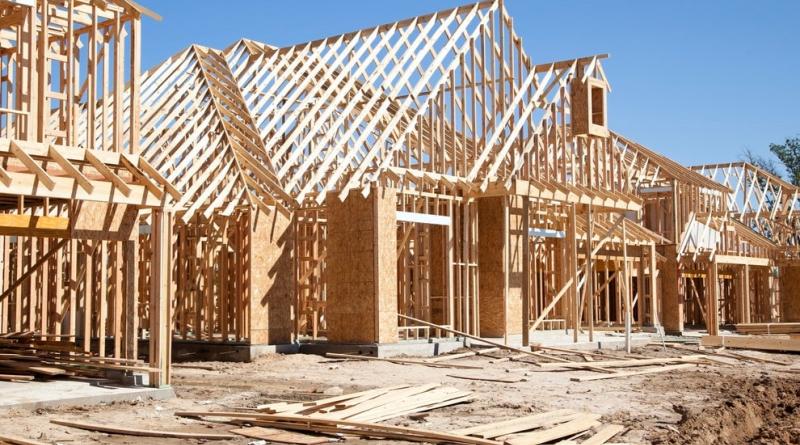Climate crisis: Cities made of wood could store huge amounts of carbon and cut construction emissions, study suggests.

‘Half of the carbon footprint of zero-energy houses occurs before anyone has even lived in them’
The construction material of choice to build a cleaner, greener future may be nothing more technical than wood, scientists have said.
Shifting away from conventional construction materials and using more wood could be an effective means of making much more environmentally-friendly buildings and reducing the emissions associated with large-scale construction projects, new research suggests.
The combined impact of construction accounts for around one-third of global greenhouse emissions, according to researchers at Aalto University in Finland, and the Finnish Environment Institute.
Their research reveals that in Europe, around 190 million square metres of housing space are constructed each year, mostly in cities, and the amount being built is also going up fast - at a rate of nearly one per cent a year.
But they show that if 80 per cent of new residential buildings were made from wood - with wood used for the structure, cladding, surfaces and furnishings - altogether the new homes could store up to 55 million tons of carbon a year.
They said this figure is equivalent to nearly half (47 per cent) of the annual emissions from Europe’s cement industry.
“This is the first time that the carbon storage potential of wooden building construction has been evaluated on the European level, in different scenarios,” said Ali Amiri, who is completing his PhD at Aalto University.
“We hope that our model could be used as a roadmap to increase wooden construction in Europe.”
The research is based on 50 case studies, and the researchers divided buildings into three groups according to how much wood they use and, as a consequence, how much carbon dioxide they were capable of storing.
The group with the least amount of wood stored 100kg of carbon dioxide per square metre, the middle group stored 200kg, and the group with the greatest amount of wood stored 300kg per square metre (CO2 kg m2).
The potential carbon storage capacity was largely unrelated to the building or wood type, or even the size of the construction project. They found carbon capacity is based on the volume of wood used as building components, from beams and columns to walls and finishings.
The researchers also looked at how Europe could achieve the enormous savings in emissions by modelling a path for reaching the level of 55 million tons of carbon stored per year by 2040.
They said the scenario demands a shift to wooden buildings that store increasing amounts of carbon dioxide.
Energy efficiency is the most frequently used instrument for measuring the environmental impact of buildings. However, energy efficiency requires more insulation, efficient recovery of heat, and better windows.
The scientists said about half of the carbon footprint of zero-energy houses occurs before anyone has even lived in them.
When the energy used in housing comes increasingly from renewable sources, the significance of the construction phase of the building's total environmental impact grows even more.
“Certificates for green buildings used around the world ... could better take the climate benefits of wood construction into account. So far, they are strongly focused on how energy is consumed during use,” Mr Amiri says.
In terms of wood products, a wooden building provides longer-term storage for carbon than pulp or paper. According to the study findings, a wooden building of 100 m2 has the potential to store 10 to 30 tons of carbon dioxide. The upper storage range corresponds to an average motorist's carbon dioxide emissions over ten years.
“Wood construction is sustainable only if the wood comes from forests that are grown in a sustainable manner,” said postdoctoral researcher Juudit Ottelin.
“Shifting from short-lived products, like paper, to products with a long life-cycle, like wooden construction materials, would help minimise the impact on European forests and the crucial carbon sinks they hold.”
4 November 2020
INDEPENDENT




